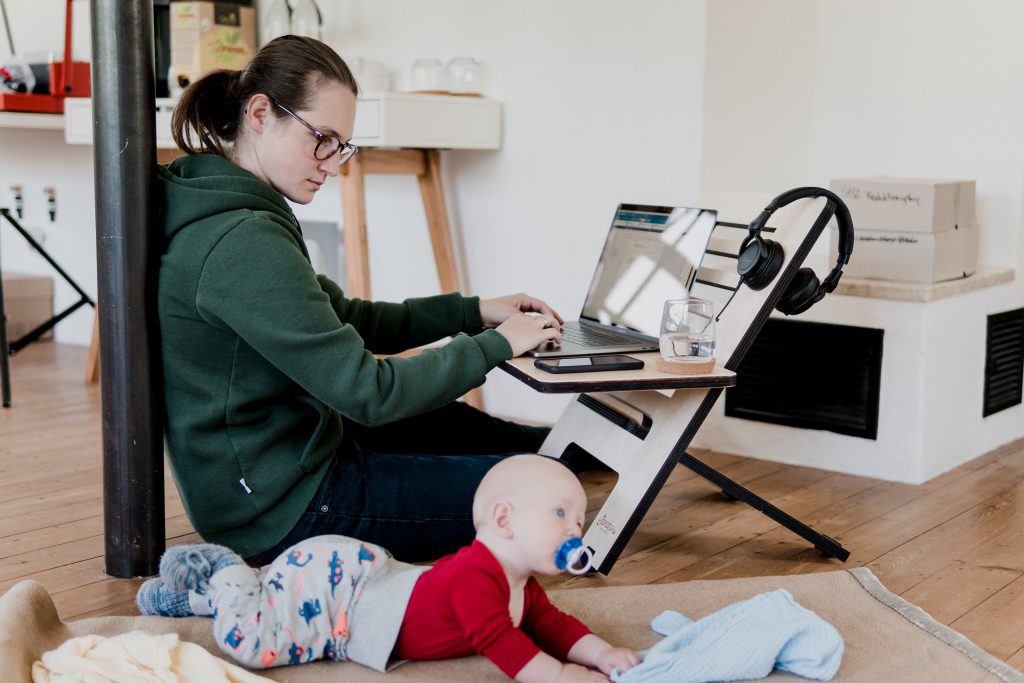Employee experience has come to be viewed as a strategic area for companies to drive value. While its importance is widely recognized, a disconnect between aspiration and actuality can remain. This is particularly problematic when employees expect interactions with the business on par with the customer experience (CX) they are giving or getting elsewhere. This article discusses the need for high-value employee experience efforts along the lines of CX.
Positive employee experience is a powerful tool in the business performance and employee productivity playbook. It can contribute to employee engagement as well as increased revenues. In fact, companies investing in employee experience are four times as profitable as those that don’t. Employee growth, employee pay, average revenue and profit, and revenue and profit per employee were all areas that the companies outperformed others that didn’t invest in employee experience.
So, at this point, most businesses know they need to prioritize employee experience (EX). But there’s a catch — the standard can be really high.

CX Effect on Employee Experience Efforts
Companies are regularly establishing customer experience goals and communicating the value of quality customer service. We recently discussed customers’ increasingly high standards for their experience with a brand or business.
Your employees are the frontline for customer contacts. So, they are well versed in the high value attention your company aims to provide. They are customers of a wide range of businesses, too. Their expectations of employee experience are shaped by the treatment they get as consumers in their personal and professional lives.
Employees’ expectations are also shifting right now due to COVID-19. McKinsey research found that more than 80% of their respondents said “the crisis is materially affecting their daily work lives.” Plus, they are looking for connections that feel safe and familiar.
This longing to connect and build resilience provides an excellent opportunity for the company’s employee experience strategies. The approach needs to be calibrated to the now largely virtual workforce. Nevertheless, keeping top CX priorities in mind can help you effectively focus your employee experience efforts.
Let’s discuss how the desire for convenience, personalization, a conversational approach, faster response times, incorporation of their input, and empathy from CX can be translated into the employee experience.
Convenience
This can mean many different things for the employee, just as it does for the customer. You might make work more convenient for your workforce by:
- Offering flexible work hours, especially when they are working from home
- Prioritizing the quality of work over quantity of hours logged
- Providing concierge services such as onsite lockers for dry cleaning, groceries, or other deliveries or access to someone to help plan vacations or handle household services
- Letting people job share
- Enabling collaboration with cloud-based software
- Supporting a bring-your-own-device policy
- Bringing food trucks to the office site
Finding ways to help employees achieve a happy work-life balance by offering conveniences can encourage morale. You’re more likely to have employees bragging about where they work, which reduces your recruiting costs. Plus, you’re less likely to deal with turnover.
Personalization
As an employer, you definitely need to consider the needs of your broader workforce. Yet, taking stock of different segments and individual needs and seeking to communicate on a more personalized level can positively impact employee well-being and work effectiveness.
McKinsey’s research during COVID-19 found a wide range of experiences across workers. Remote workers reported 50.9% engagement, compared to non-remote workers’ 40.4%. Of the remote workers, 58.2% with dependents reported positive work effectiveness, compared to only 19.8% of those without saying the same thing.
Looking at this positive work experience among remote workers along gender lines is also telling. The 79.4% of males versus 37% of females (both with dependents) reporting positive work experience remotely is a big divide. McKinsey also reported, “the top priority for remote-working women right now is balancing work and private life. For remote-working men, that need doesn’t even rank in the top ten.”
Segmentation and personalization is key to offer the employee experience needed to support people in the way that best suits them. Engaging all employees in a dialogue and reaching out to connect and empathize (more on that below) will reap dividends.

Conversational Approach
You want to get something accomplished. To one person you say, “Do this, now!” To the other you say, “I’ve noticed you’re struggling to get this finished. What’s getting in your way?” The more conversational approach of the second attempt is more likely to help build a long-term relationship. Unless you want that relationship to be more dictatorial; we don’t recommend it!
In terms of taking a conversational approach to employee interactions, you might bring purpose to the forefront. Explaining (concisely) how a task fits in with an overall company objective or the values of the organization, gives that responsibility a greater context.
The conversations you have about purpose — the employee’s own and how those connect to the business mission — can help engage them in bigger-picture thinking. This helps get everyone pulling in the same direction, feeling connected and motivated.
Faster Response Times
Replying to customer emails promptly can provide a competitive advantage. Your business may even have a policy that outlines that your customers never be left waiting hours or days for a reply. The same is true of employee communications. They are just as likely to feel anxious, disrespected, and underappreciated if their contact with company leaders is left unattended for too long.
The average response time for a business email is 16.83 hours, or 12 hours and 10 minutes, or 11 hours and 48 minutes — depending on the study. Responding to customers has a shorter window still.
For employees to have a positive experience, you’ll want to:
- Proactively address emails you can’t respond to fully immediately
- Automate away messages when you’re out of the office
- Delegate to others the messages you can’t immediately address
- Establish times of the day when you will consistently log in and review and respond to emails
Incorporate Their Input
Just as customers expect to see some results from their feedback, employees want to know their input matters at work. If you survey employees about culture or a new policy or procedure, close the loop by reporting on feedback findings and integrating that into the change effort. This helps to:
- Demonstrate appreciation
- Encourage collaboration
- Help people feel heard, respected
- Boost employee satisfaction
Involving employees in change efforts and communicating transparently can also improve engagement, especially among remote workers. Further, if everyone’s voice is heard and respected, it can help cultivate a culture of inclusion and collaboration.
Empathy
Empathy is at the forefront of employee engagement efforts these days. Since 2017, more than 90% of employees, HR professionals, and CEOS have said empathy is important at work, according to BusinessSolver.
Compassionate leadership can make a positive difference, according to McKinsey. They recommend that leaders:
- Create space to attain a keener awareness of what is going on within and around you
- Be bold in exhibiting vulnerability by lowering your guard and confronting what is unfolding
- Demonstrate empathy to better tap the emotions others are feeling
- Act with compassion to make individuals and groups feel genuinely cared for
Empathy and emotional intelligence can be learned. Find out how.

Humanizing Employee Experience Efforts
Ultimately, customer and employee experience both rely on top-quality human interactions. Even as there are more sources of data available, more powerful analytics, and ever-more digital interactions, you can’t lose touch with the human element.
Find out what your employees want. Invest in meeting those demands. It works with customers to generate revenue and grow brand loyalty. Showing the same dedication to employee experience as you do CX, can improve the way your people interact with and embrace your business objectives.






